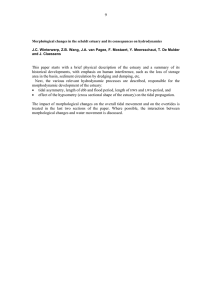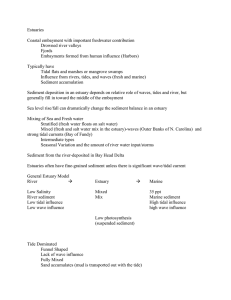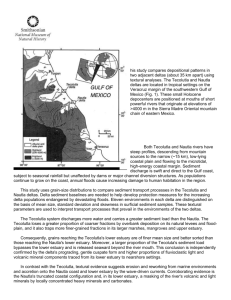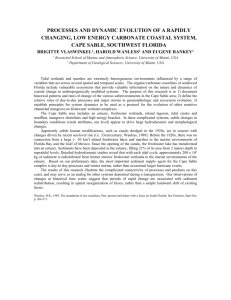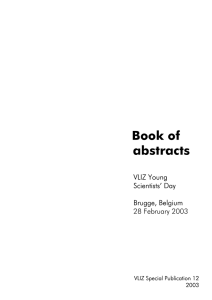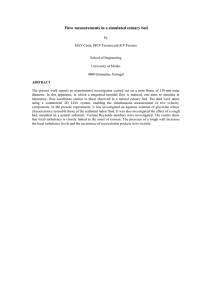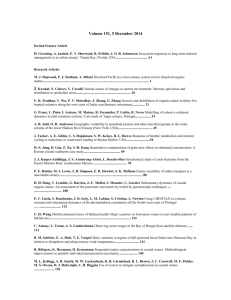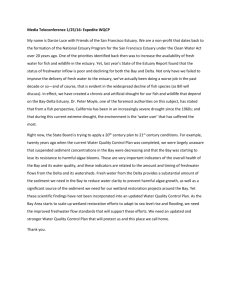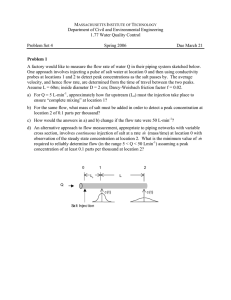Pollutant dispersion model for the Severn estuary – set
advertisement
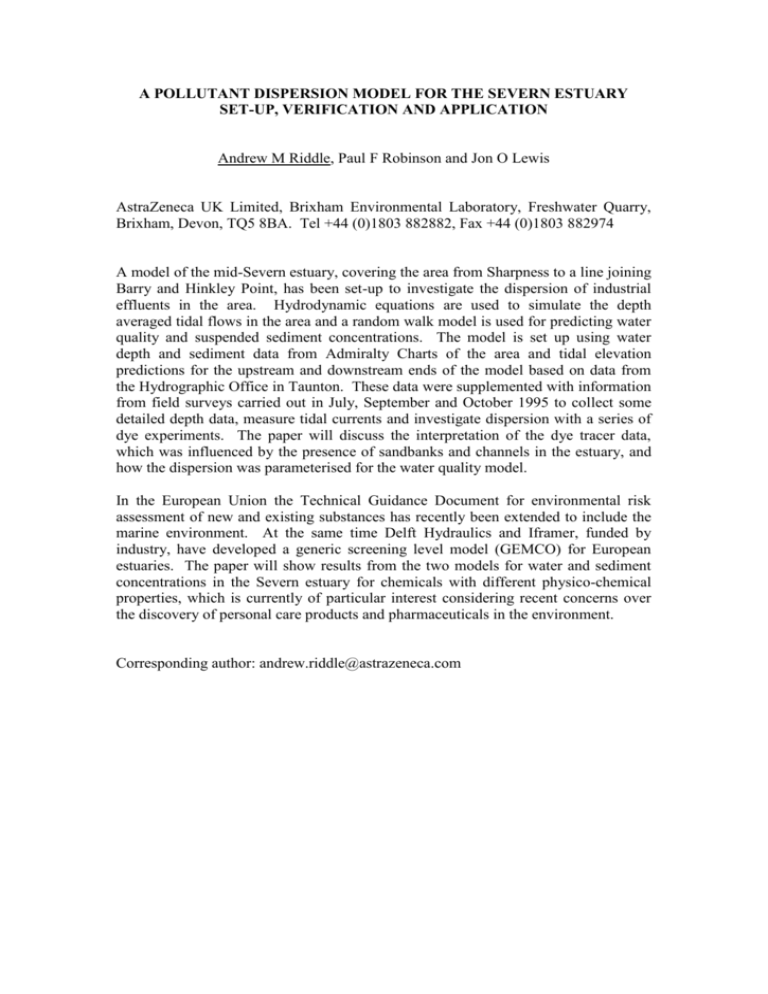
A POLLUTANT DISPERSION MODEL FOR THE SEVERN ESTUARY SET-UP, VERIFICATION AND APPLICATION Andrew M Riddle, Paul F Robinson and Jon O Lewis AstraZeneca UK Limited, Brixham Environmental Laboratory, Freshwater Quarry, Brixham, Devon, TQ5 8BA. Tel +44 (0)1803 882882, Fax +44 (0)1803 882974 A model of the mid-Severn estuary, covering the area from Sharpness to a line joining Barry and Hinkley Point, has been set-up to investigate the dispersion of industrial effluents in the area. Hydrodynamic equations are used to simulate the depth averaged tidal flows in the area and a random walk model is used for predicting water quality and suspended sediment concentrations. The model is set up using water depth and sediment data from Admiralty Charts of the area and tidal elevation predictions for the upstream and downstream ends of the model based on data from the Hydrographic Office in Taunton. These data were supplemented with information from field surveys carried out in July, September and October 1995 to collect some detailed depth data, measure tidal currents and investigate dispersion with a series of dye experiments. The paper will discuss the interpretation of the dye tracer data, which was influenced by the presence of sandbanks and channels in the estuary, and how the dispersion was parameterised for the water quality model. In the European Union the Technical Guidance Document for environmental risk assessment of new and existing substances has recently been extended to include the marine environment. At the same time Delft Hydraulics and Iframer, funded by industry, have developed a generic screening level model (GEMCO) for European estuaries. The paper will show results from the two models for water and sediment concentrations in the Severn estuary for chemicals with different physico-chemical properties, which is currently of particular interest considering recent concerns over the discovery of personal care products and pharmaceuticals in the environment. Corresponding author: andrew.riddle@astrazeneca.com
